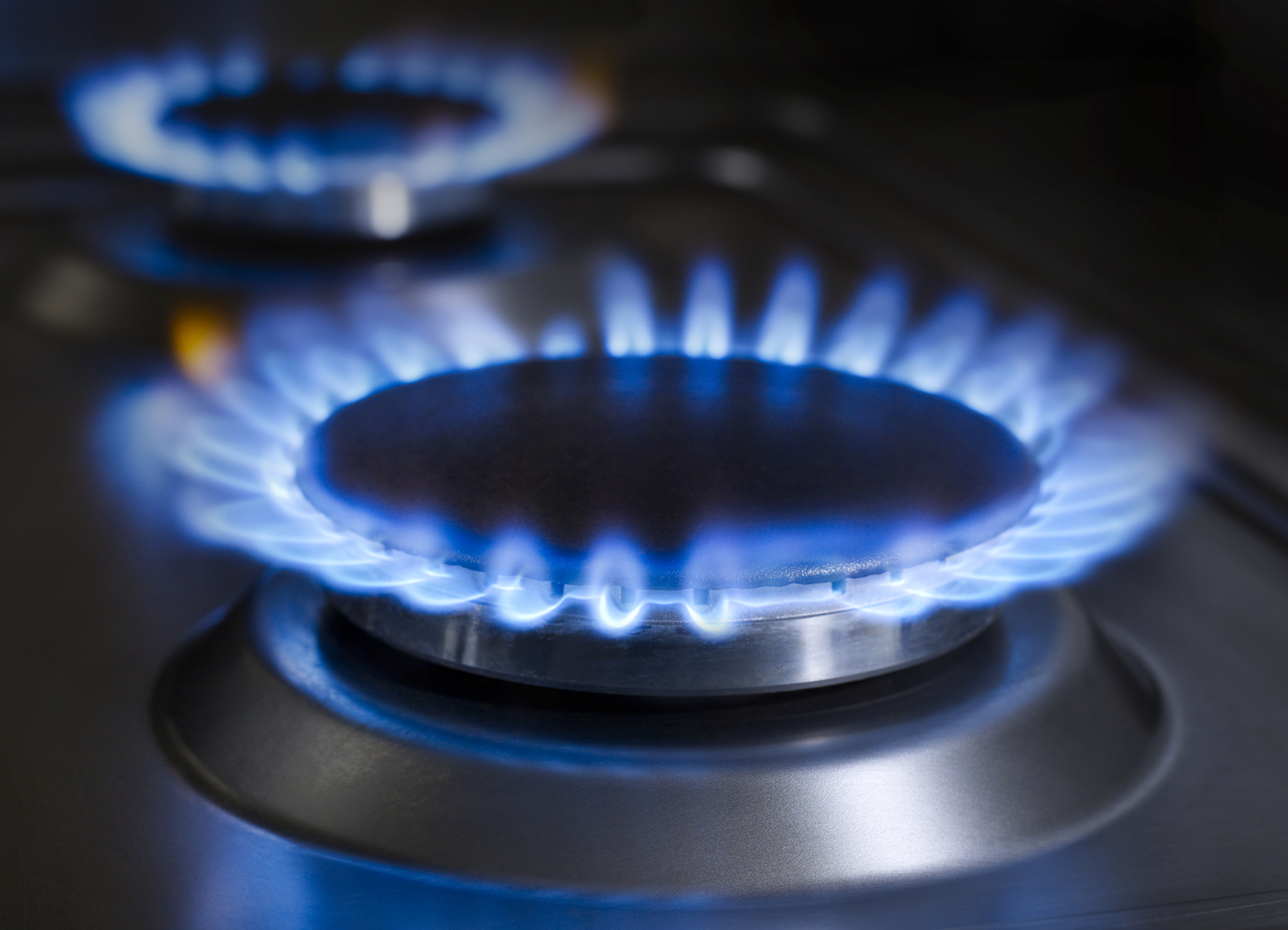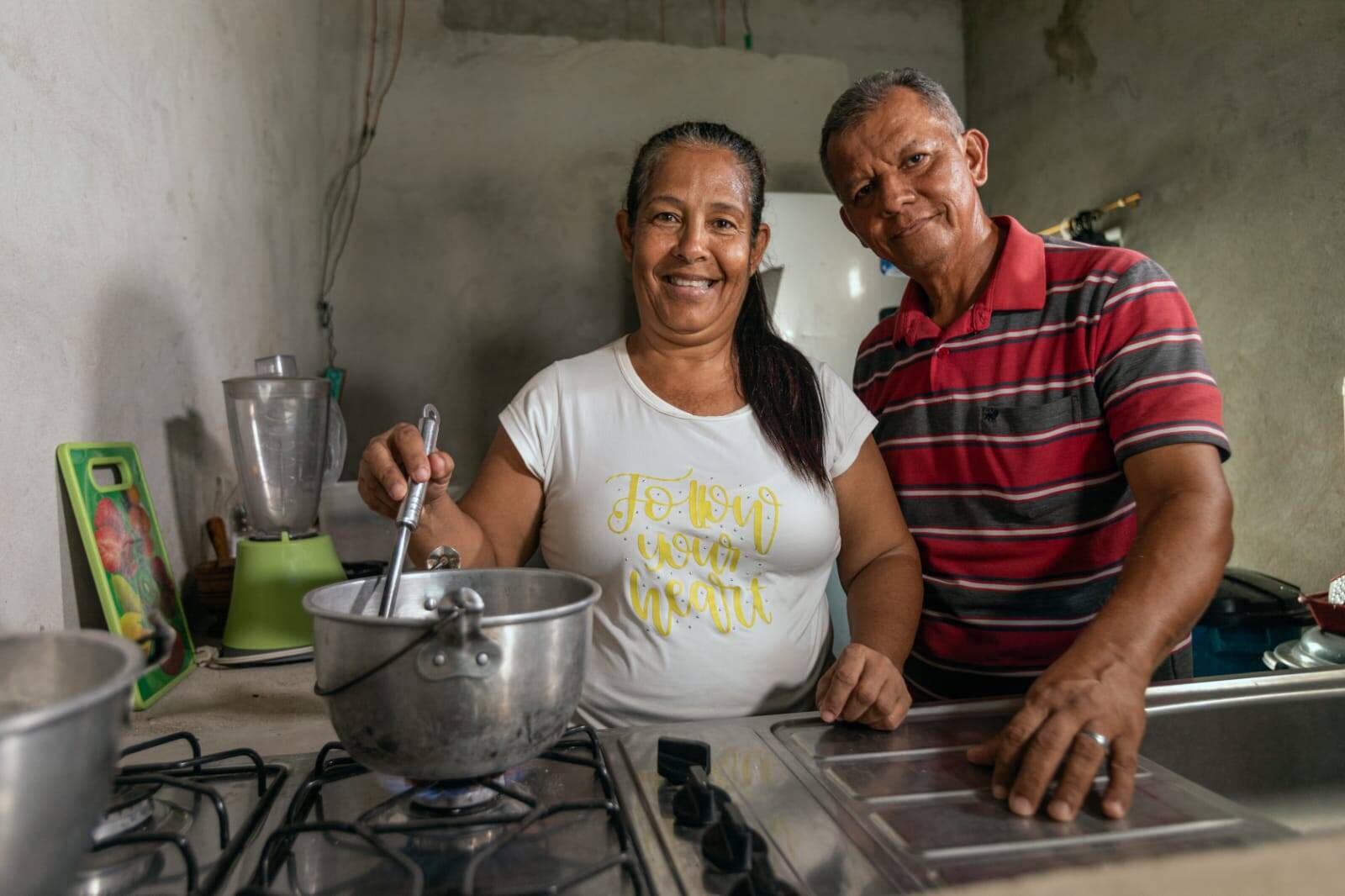With the gas crisis in Colombia, why are companies taking so many years to realize their discoveries?

A month ago, Ecopetrol declared the commercialization of a new oil field called Lorito (Meta), the largest the company has discovered in the last decade. However, it took more than seven years to take this step.
Something similar happened last year. Five years after announcing its discovery, Hocol (a subsidiary of Ecopetrol) announced that it would begin developing the Arrecife field, located in the department of Córdoba.
While other natural gas discoveries that have been made offshore, such as Kronos (2015), Purple Angel (2017) and Gorgon (2017), are still in the evaluation stage even though up to 10 years have passed.
According to Orlando Velandia, president of the National Hydrocarbons Agency (ANH), companies are taking an "unreasonable amount of time" from the moment they make a discovery until they declare its commercial potential.

Photo: iStock
This declaration of commerciality is the formal and official step a company takes to announce to the ANH and the market that a natural gas or oil discovery is technically and economically viable for exploitation.
However, this years-long delay is even more worrying now that Colombia is facing a serious crisis due to the lack of natural gas, as evidenced by the fact that domestic production continues to plummet and has reached unprecedented levels.
Production has been declining for four consecutive months, reaching 793 million cubic feet per day (mcfd) in June, a decrease of 18.5 percent compared to the previous year.
This lack of natural gas caused Colombia to lose its self-sufficiency in December 2024 and have to resort to imports to meet Colombian demand.
How to overcome the natural gas crisis? Given this situation, the president of the ANH indicated that six specific fields that are still in the testing phase are being monitored because "we need them to move very quickly toward declaring their commerciality."
"This would help improve the country's natural gas situation because households can only be offered natural gas from fields that have declared their commercialization," he emphasized.
One of those fields undergoing testing is Sinú-9, operated by the Canadian company NG Energy in the municipality of Pueblo Nuevo, Córdoba. Because of this condition, it cannot yet sell natural gas to meet essential demand, i.e., homes and small businesses.
This would help improve the country's natural gas situation.
Marianella Bernal, Senior Vice President of Finance and Country Manager at NG Energy, stated that one of the most critical issues for making a field viable is the development of all the surface infrastructure needed to connect the wells to the National Transportation System.
In the case of Sinú-9, the company took almost two years to build a 25-kilometer gas pipeline and connect it to the Promigás system. This field is currently producing 20 million cubic meters per day, but the goal is to stabilize it at at least 35 million cubic meters per day by the end of the year.

Photo: iStock
But, in addition to infrastructure, Frank Pearl, president of the Colombian Oil and Gas Association (ACP), emphasized that other factors contribute to the fact that the first commercial production of natural gas or oil from a field takes between six and seven years.
This delay is largely due to the environmental licensing and prior consultation processes required to begin drilling exploration wells. These procedures typically take around five years.
For offshore projects, lead times may be longer due to their operational complexities.
"These procedures have become more complex due to the increase in requirements, especially in environmental matters, as well as the deteriorating safety conditions and social unrest in some regions. For offshore projects, processing times may be longer due to their operational complexities," he explained.
To begin the production phase, another environmental license must be processed through ANLA, and studies such as the Environmental Diagnosis of Alternatives, the Environmental Impact Assessment (EIA), and other specific permits are required.
In contractual terms, following a discovery, companies must file a notice of discovery and conduct an evaluation program that includes production testing, as well as technical, economic, and market analyses.

Photo: Ecopetrol
After these tests are completed, a final report with the results must be submitted, and if the field is viable, a Declaration of Commerciality must be submitted to the ANH. This entire process involves rigorous technical testing, risky investment, and, in some cases, additional drilling and facility development (infrastructure).
Given the amount of paperwork and permits required, Orlando Velandia asserted that adjustments are necessary to quickly declare the fields commercial after the discovery is announced.
For the ACP president, in terms of environmental procedures and prior consultation, it is possible to improve timelines and efficiency through greater inter-institutional coordination, clear and stable guidelines for requirements, and timely technical support.
Regarding contractual processes, regulatory work could be done to ensure that the assigned areas already have the required procedures in place , ensuring greater certainty in the development of the activity.
eltiempo





